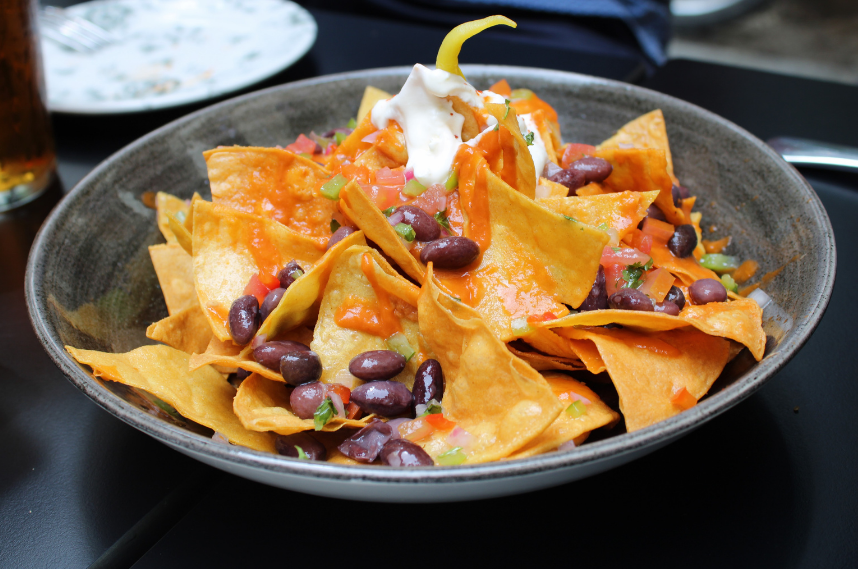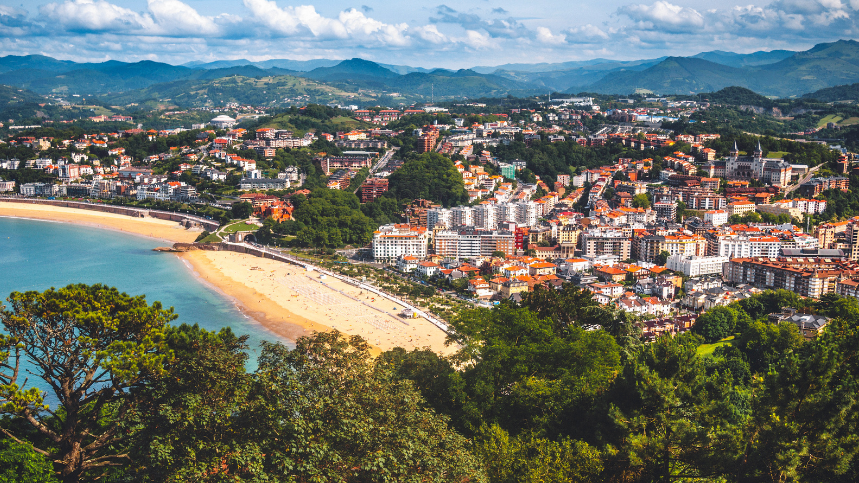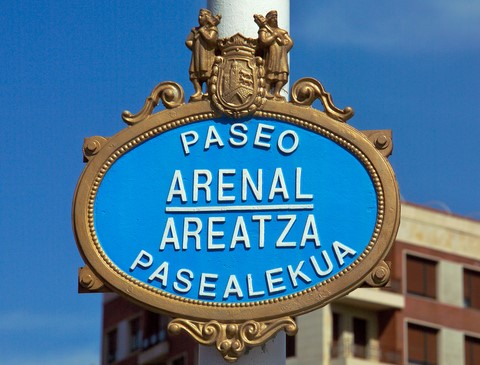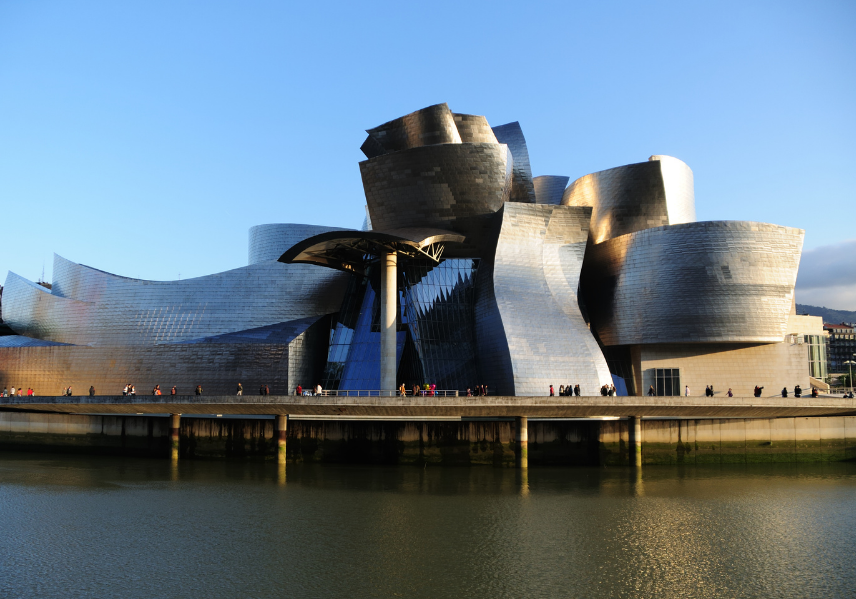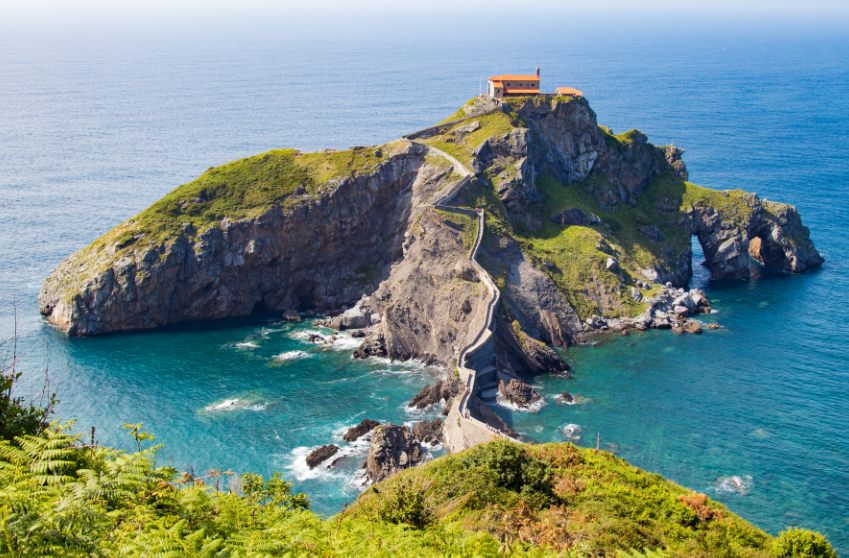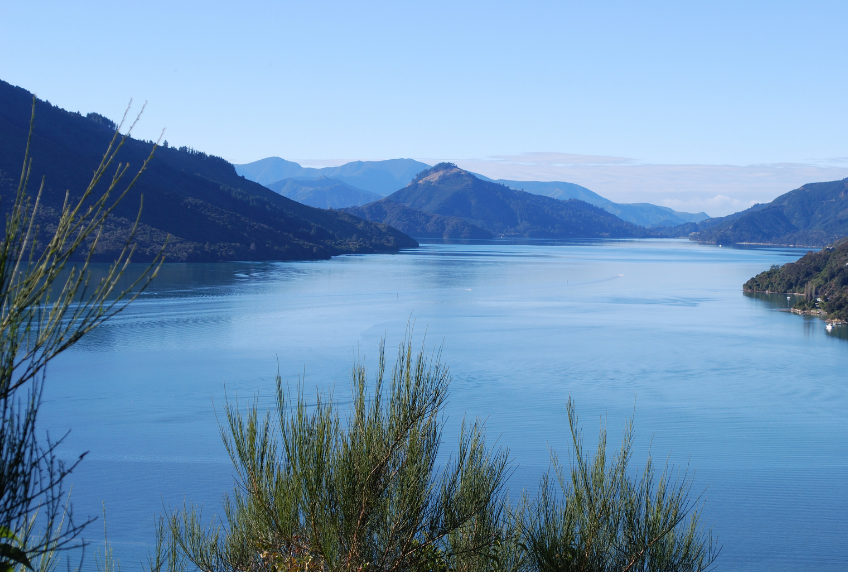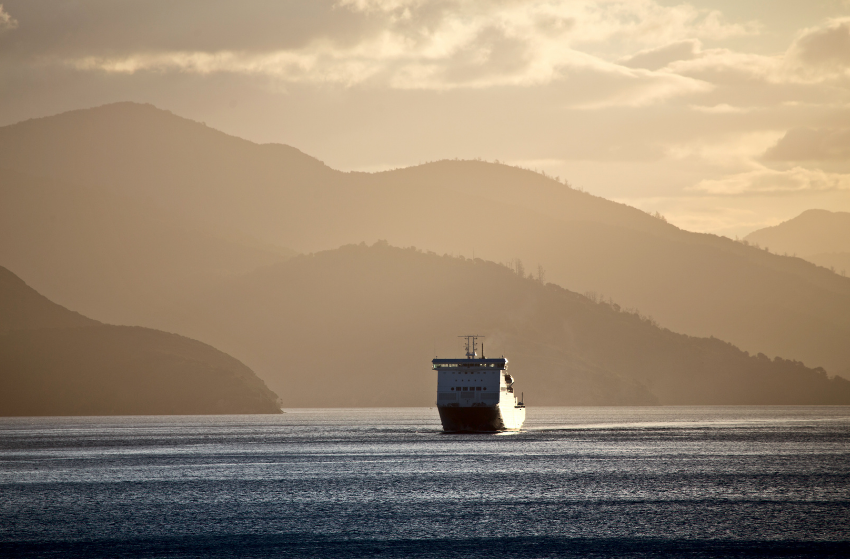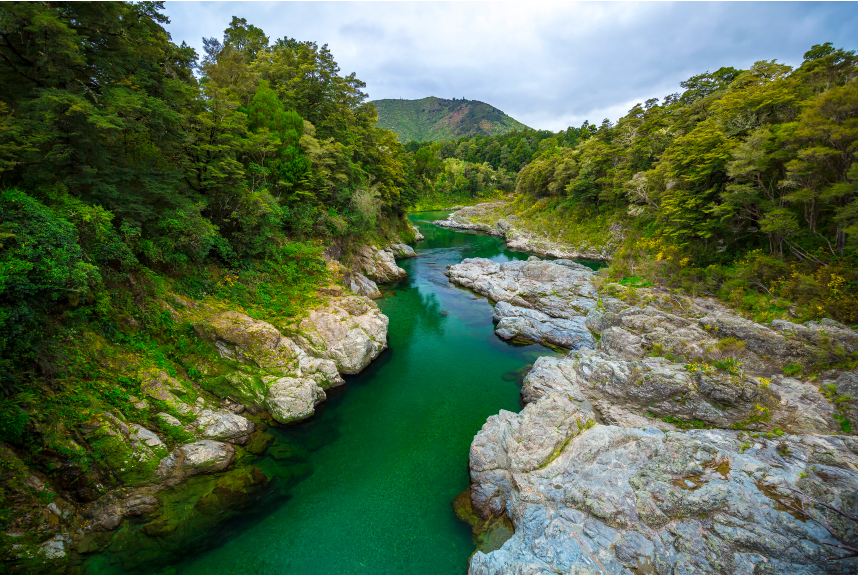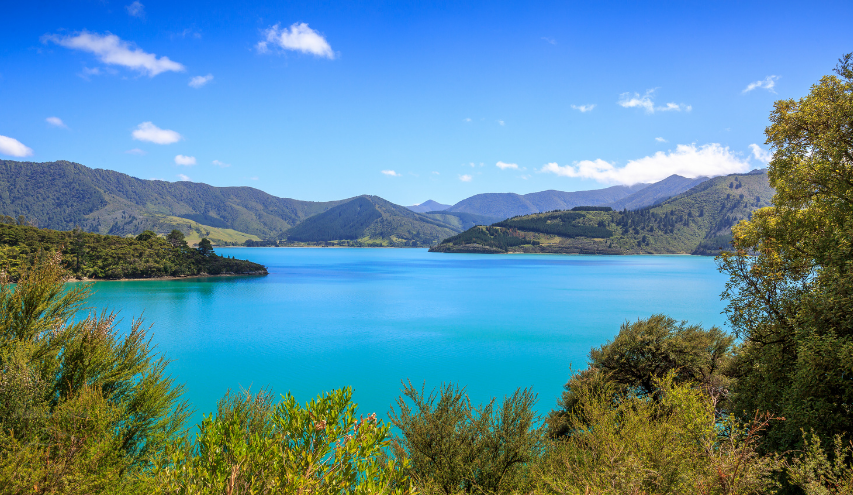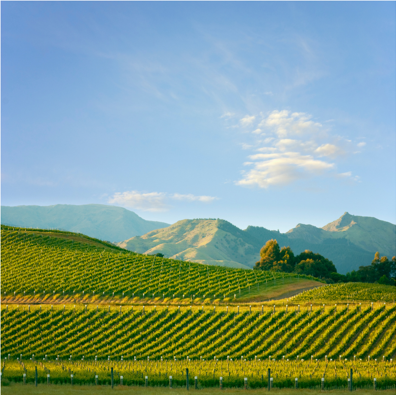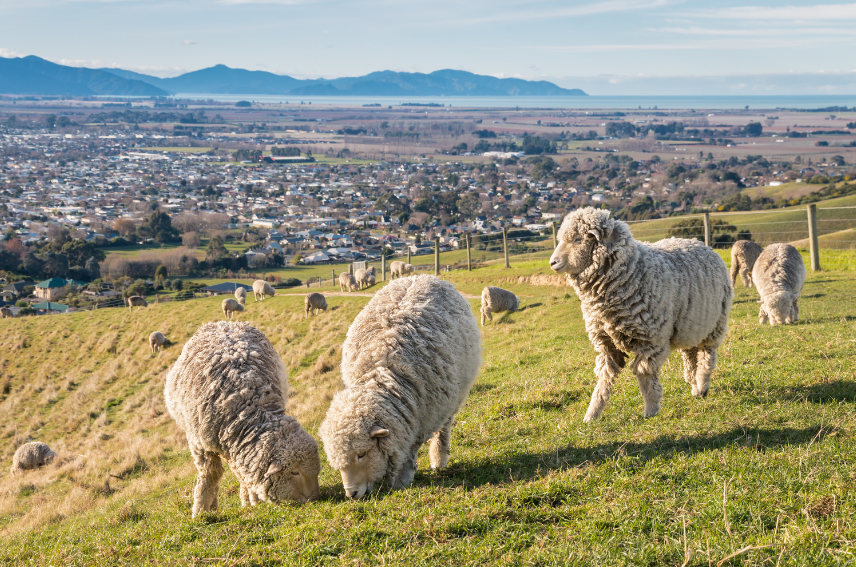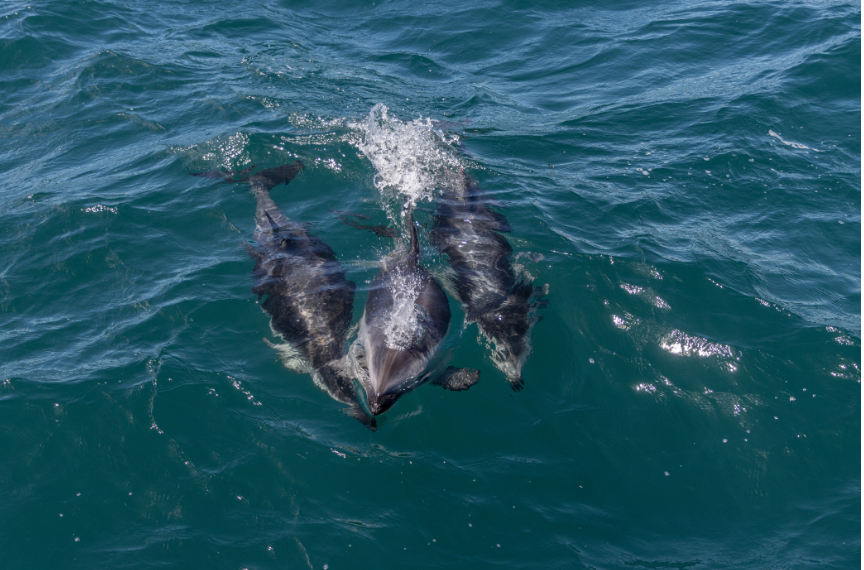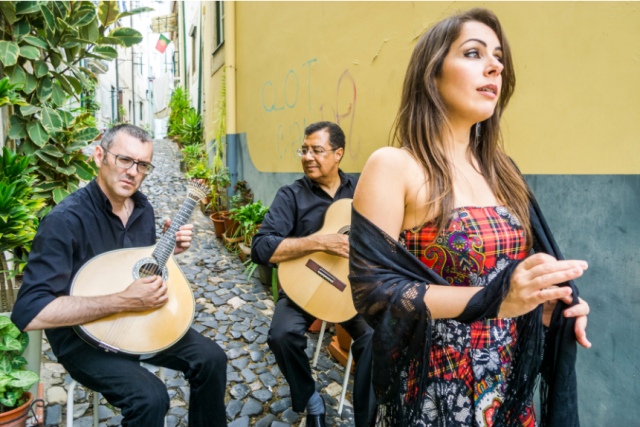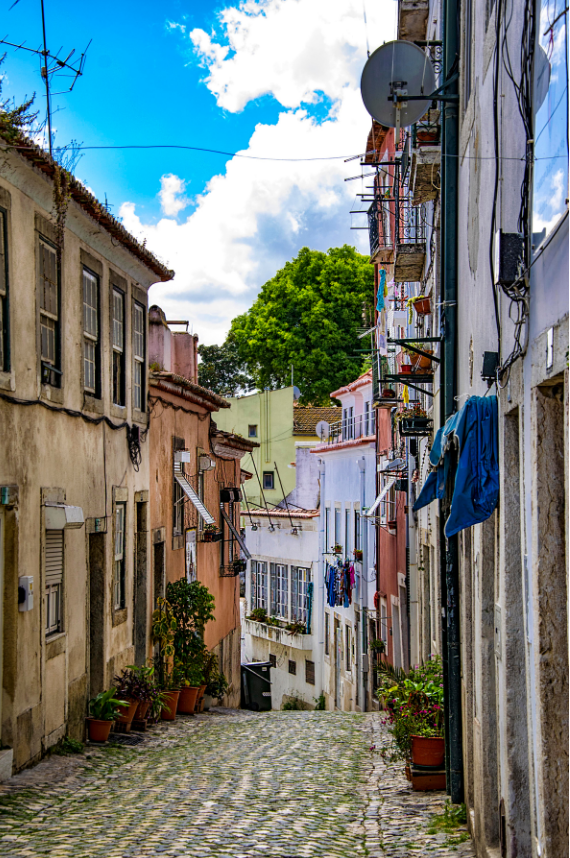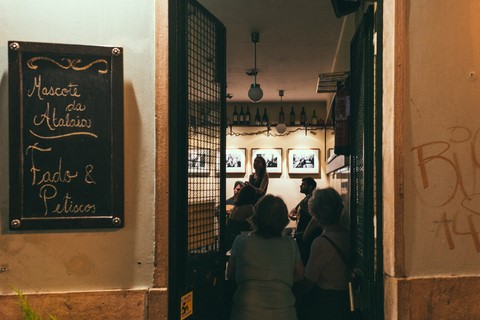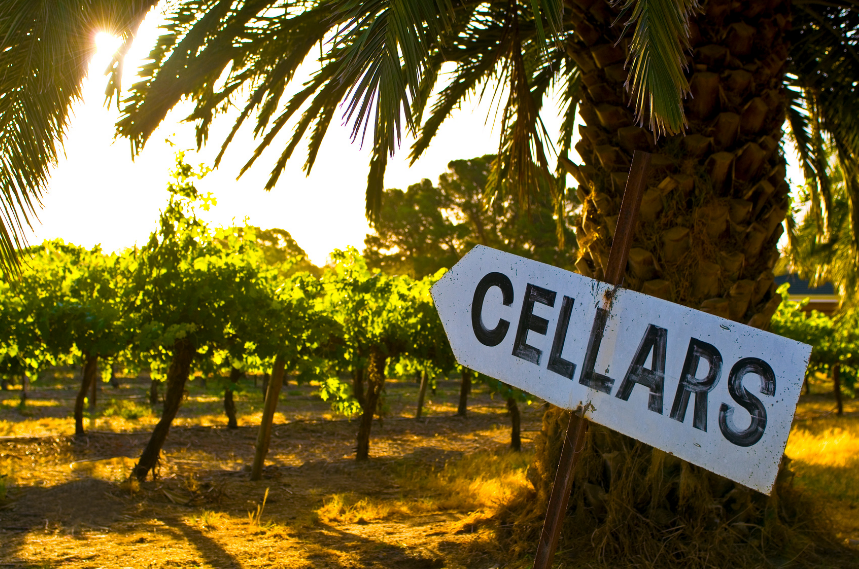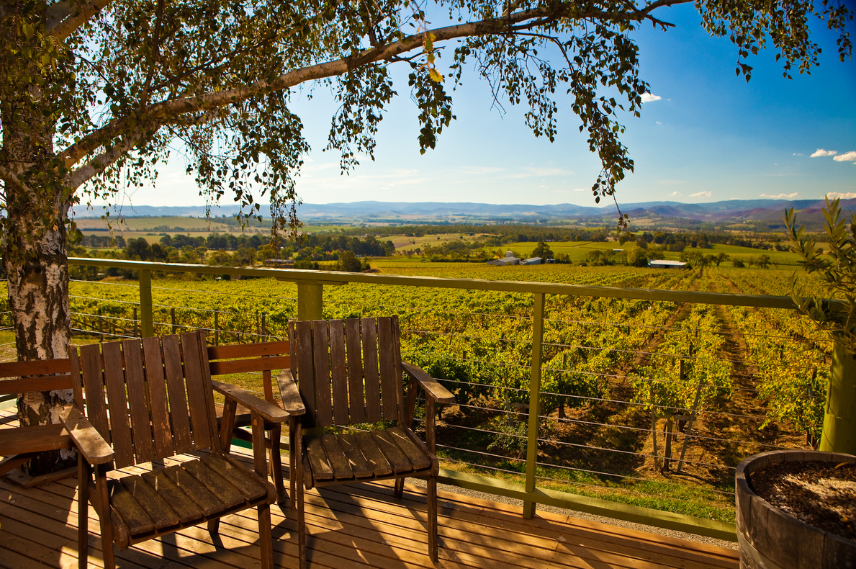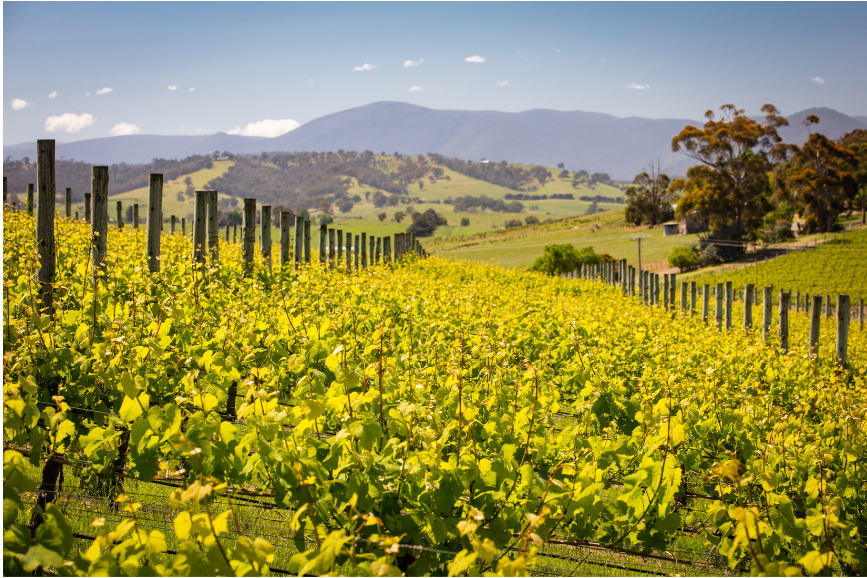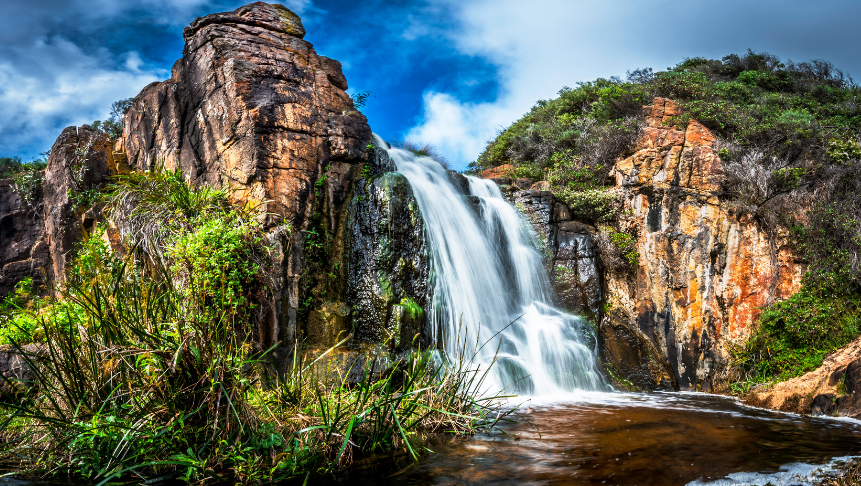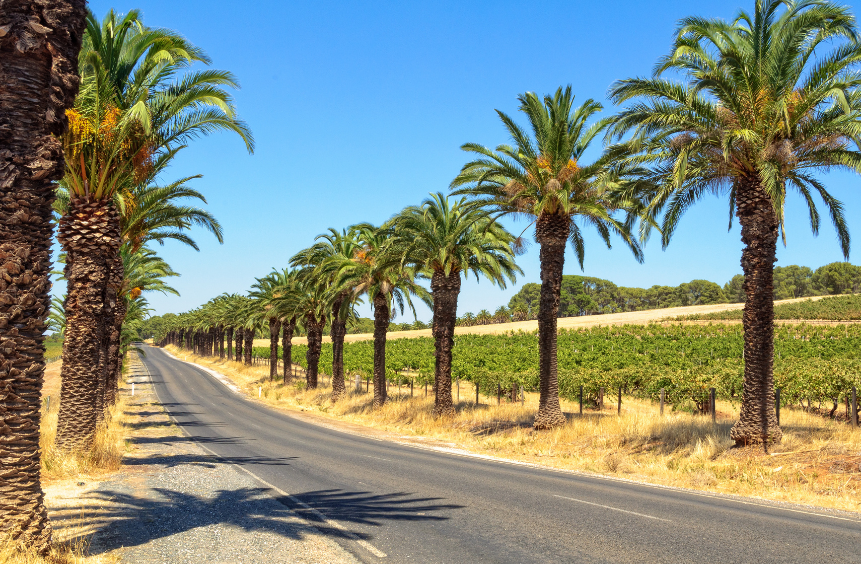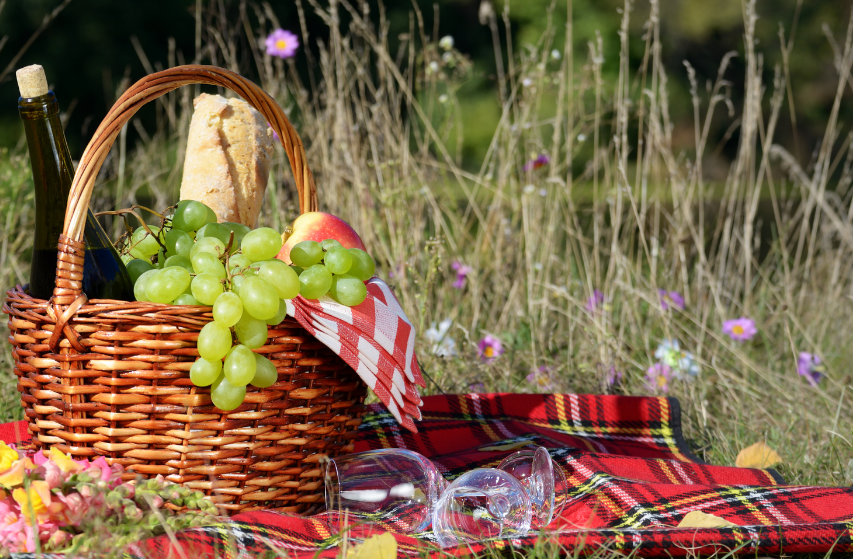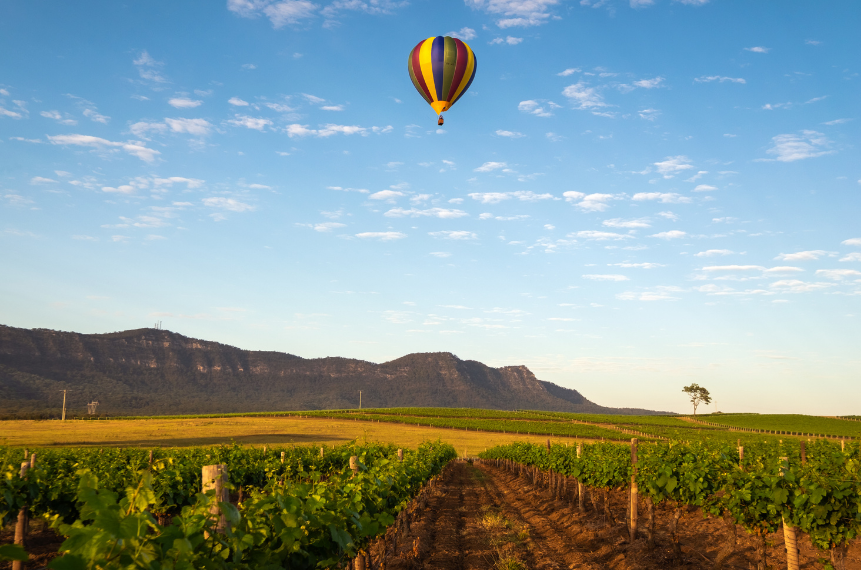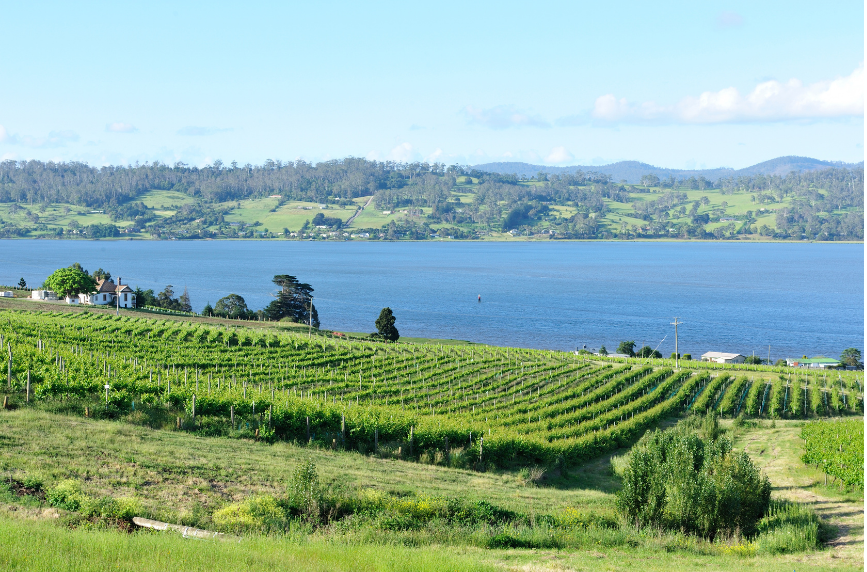Spain ranks at the top of many traveler’s bucket lists, but cities like Madrid and Barcelona often get all of the glory. However, one place frequently left off many an itinerary – Basque country! This Northern region of Spain ticks so many boxes for anyone looking to get off the beaten track with historic wineries, gorgeous coastline, and amiable locals.
Basque country is a uniquely beautiful region where time stands still, and the modern twists effortlessly
with the historical. Yet, despite its many draws, guidebooks often give only scant attention and tours tend to focus more on the major cities and southern area. The nationalist separatist movement that lingers from the Basque-Spanish war partly contributes to the avoidance of the area rather than exploration. While the armed conflict officially ended in 2011, strong sentiment towards independence still exists in the area. You’ll see evidence of this challenging period in local news, signposts, and museums dedicated to the struggle.
Since it is part of Spain, signs are in Spanish, but Euskara, the language of Basques can be widely found.
When visiting Basque country, you’ll probably notice a few differences between the northern region and the rest of Spain. The most significant change – Spanish isn’t the primary language! While most locals speak fluent Spanish and Castillian, the main language used is Basque. Characterized by its alphabet and typeface, Basque makes appearances everywhere in the region, from train station signposts to menus, and can be difficult for foreigners to speak. However, a little goes a long way, particularly in local languages! Add essential phrases like kaixo (hello), mesedez (please), and eskerrik asko (thank you) to your vocabulary before visiting, as it shows respect for the region and its people.
The best way to immerse yourself in a new culture is through the food – luckily, Basque country makes it easy. Dishes in this region are based around authentic, local ingredients, and a rich tapestry of flavor and texture come together to create an unforgettable gastronomical experience. Try pintxos, the smaller version of Spain’s famous tapas, with a glass of local wine or beer, on a lazy afternoon. In fact, it’s incredibly common to
spend afternoons pintxos hopping from bar to bar, trialing everything from potato and goats cheese croquettes to Iberico-stacked baguettes before moving on. And where there is food, you can be sure it is front and center during its holidays and festivals which take place all year round.
Even if you know nothing about Basque country, most have heard of one – San Sebastian! Only a 75-minute plane ride from Madrid, or 3 hours on a train from Bordeaux, this is one destination to add to the list for any keen foodie or historical buff. Known for its
stunning rocky coastline and transcendent architecture, San Sebastian has been a mainstay for holidaymakers for years. Take a walk along La Conca Beach to the Old Town, or spend an afternoon walking around the tree-lined streets where old Hollywood stars spent their vacation time.
After you’ve admired the historic buildings and beautiful inner-city parks, visit one of the incredible eateries for which San Sebastian so famous. In fact, Basque country is home to the second-most Michelin-starred restaurants in the world after Tokyo – with fresh seafood and delicious local produce at hand all year-round, it’s not
difficult to see why. Trial local dishes like bacalao pil-pil (cod fried in garlic and olive oil) and alubios de Tolosa (bean and chorizo stew), or stick to delicate picking plates of local cheese, meats, and vegetables.
This is a city made for falling in love – and I can promise, you’ll do just that!
Stepping outside of San Sebastian, and you’ll see other cities and towns that are just as charming. Traditional Bilbao is home to some of Spain’s most magnificent architectural structures, from the
remarkable Guggenheim Museum to the atmospheric Casco Viejo. Visit the many pintxos bars that line the cobblestone streets, or simply get lost for a day as you step effortlessly between the modern and the historical. The charming footbridges stretching over the river add to the fairy tale vibe of the city, and it’s easy to see why so many consider this the unsung capital of Basque country.
For the seaside lovers, make time for a drive down the magical coast of Biscay Bay. Littered with delightful small towns, untouched cliffs, and hidden beaches, you can take as long as you like to stop and take in the scenery. Stop in at Getaria, home of renowned designer Cristobal Balenciaga, or take a break out of your day to climb San Juan Gaztelugaxte’s Stairway to Heaven. Crossing the picturesque bay via a stone footbridge,
you’ll find yourself at the base of ‘castle rock’ – the original site of a chapel dedicated to John the Baptist. From this elevated vantage point, gaze over the glittering, crashing waves below and marvel at the expanse of ocean stretching into the distance.
The waves in Basque country aren’t just for watching – keen surfers can also try their hand at riding the monstrous swell at Mundaka on the central coast. Created by the estuary and adjacent sandbar, Mundaka’s waves are fast, deep, and hollow, attracting riders from all over the world each year. If
you’d rather spectate, climb the town’s walls to a viewing platform and witness the natural marvel from the best seat in the house.
After all that intense natural power, it’s time for a drink. Wine enthusiasts rejoice – Basque country takes their grape produce seriously. Visit any café or restaurant in the region, and you’ll see the names of hundreds of native varietals and wineries on specialized menus. Sample some of the local tempranillo with your afternoon pintxos, or take the journey to the Rioja Alvesa region to participate in a winemaking class. If wine isn’t your favorite, grab a glass of sparkling Basque cider, and relax in one of the many historic venues dedicated to producing the delicious beverage.
No matter how you look at it, Basque country is truly a destination you never knew that you needed. Thinking of adding this underrated region to your next European adventure? Let me help you plan your escape! With years of experience and a love of everything travel, I can take the stress out of your next getaway. Ready to Basque in the beauty of Northern Spain? Contact me today to find out more!

